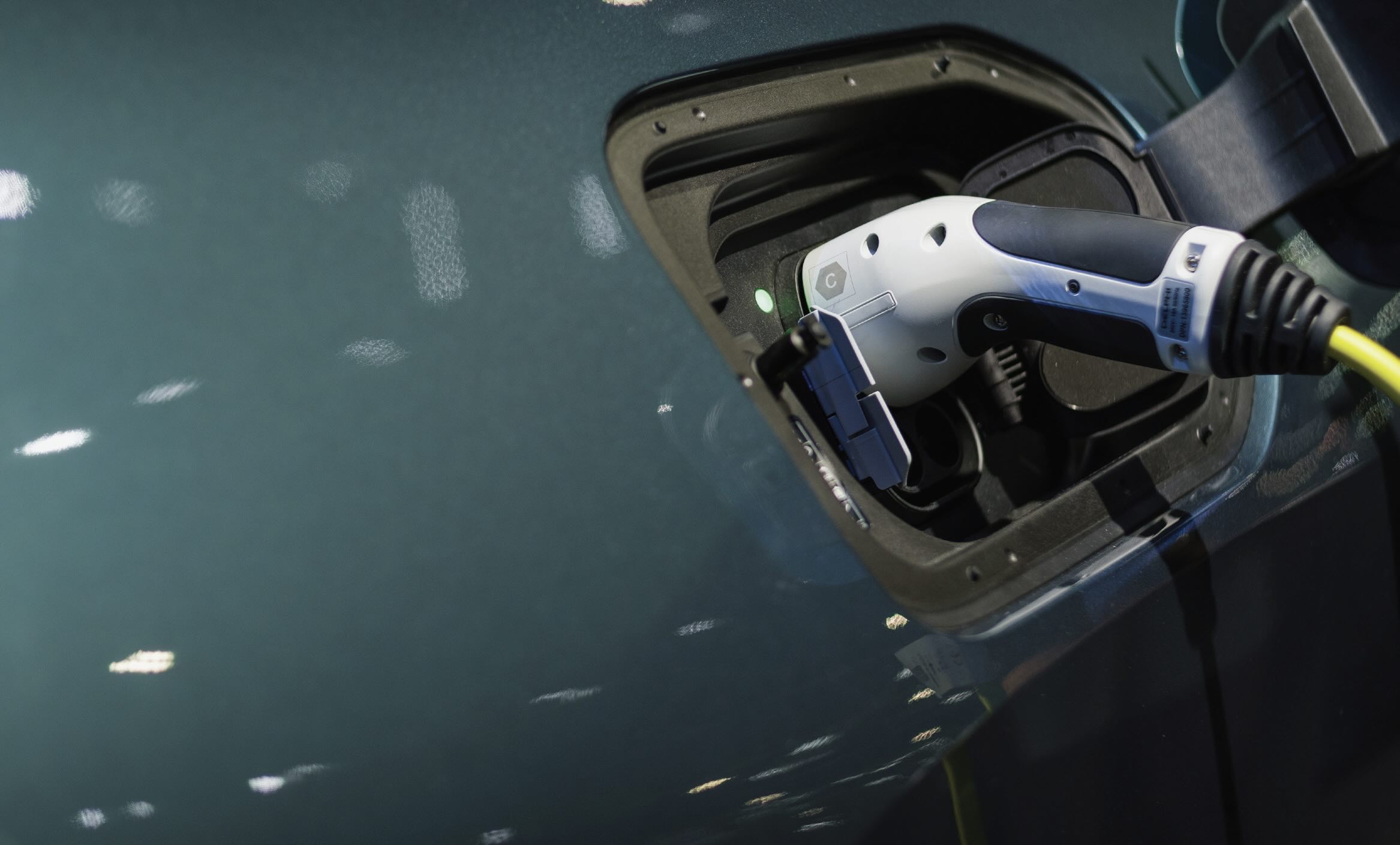Calcium batteries—a lower cost option to lithium-ion batteries?
By Don Smolenski, Contributing Editor | TLT Machinery February 2025
While finding a suitable electrolyte remains a challenge, calcium offers solutions to the disadvantages of lithium.

Calcium-ion batteries employ calcium cations (Ca
2+) as the active charge carrier for energy storage and delivery. Calcium-ion batteries have not seen much application in electric vehicles (EVs) as of yet. Lithium-ion batteries are predominant in EVs, but environmental and child labor issues exist with the mining of lithium, cobalt and nickel used in lithium-ion batteries. Calcium-ion batteries could potentially be an answer. They were first evaluated in the 1960s but abandoned due to the high operating temperatures required and poor longevity. In the last decade, however, research has identified better electrode materials that could work effectively at room temperature without decomposing. Calcium-ion batteries are now beginning to show promise in competing with lithium-ion batteries. Compared to lithium, calcium being divalent can deliver twice as many electrons per ion, so calcium-ion batteries could potentially compete in charge capacity with lithium-ion batteries. In practice, charge-storage capacities of lithium and calcium anodes are 3,861 mA hours/gram and 1,337 mA hours/gram, respectively.
Calcium-ion batteries are still hampered by a lack of suitable electrolytes, however. On the upside, calcium-ion batteries are relatively maintenance free because the water in the electrolyte does not evaporate and require topping up. Calcium-ion batteries do require charging if not used regularly to prevent sulphation, however, a reaction with sulfuric acid, which will reduce the service life and charge capacity of the battery, cause longer charging times, increase the self-discharge rate, cause poor performance in cold weather, etc. One very significant advantage of calcium-ion over lithium-ion batteries is the relative abundance of calcium in the earth’s crust. Concentrations of calcium and lithium in the earth’s crust are 41,500 ppm for Ca and 20 ppm for Li. The U.S. has an estimated 18 million metric tons of calcium reserves! This certainly could circumvent some of the child labor and environmental issues impacting lithium-ion batteries.
In the last decade, research has focused on anodes, cathodes and electrolytes for calcium-ion batteries. Lithium’s advantage is that it has a small atomic radius and is monovalent with a single electron that can form chemical bonds. The light, mobile ion is relatively easy to both get into and out of the atomic structure of an electrode. Calcium atoms are bigger and heavier than lithium. Their size can make it hard to find compounds that can function well without disintegrating after a few charge cycles. Calcium is divalent, having two electrons, which makes it extremely reactive. This causes calcium anodes to react with various chemical species and sometimes form a passivation layer on the surface, degrading battery performance.
In addition, divalent calcium ions can interact with charged species in the electrolyte. Conversely, calcium-ion batteries should in principle be able to exceed the energy density of lithium-ion batteries by up to 20 times! Even if calcium batteries don’t reach that level of performance, the element’s abundance and low cost make the batteries promising. If not in EVs, grid storage, where weight is less of a concern, is a distinct possibility. In addition, some cathodes could use calcium for significant weight reduction. Finding a good electrolyte, however, could prove more difficult, and remains a challenge, as calcium batteries need stable electrolyte materials. The future will be interesting!
FOR FURTHER READING
1.
https://en.wikipedia.org/wiki/Calcium_battery
2.
https://cen.acs.org/energy/energy-storage-/researchers-think-calcium-future-batteries/102/i12
3.
www.rjbatt.com.au/news-and-advice/debunking-10-common-battery-myths
Don Smolenski is president of his own consultancy, Strategic Management of Oil, LLC, in St. Clair Shores, Mich. You can reach him at donald.smolenski@gmail.com.